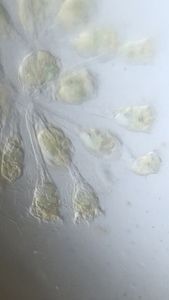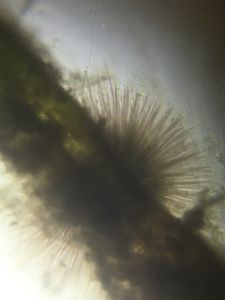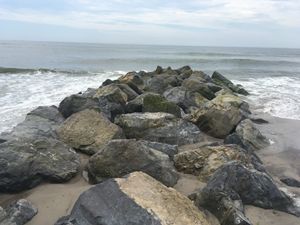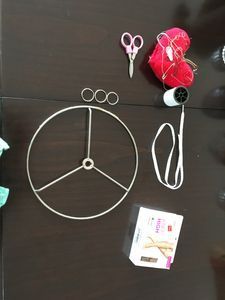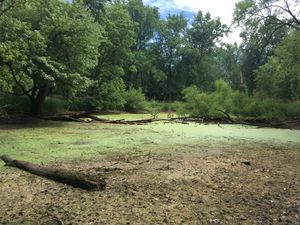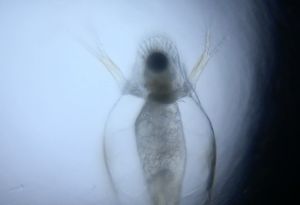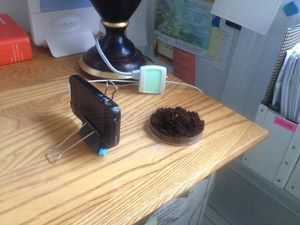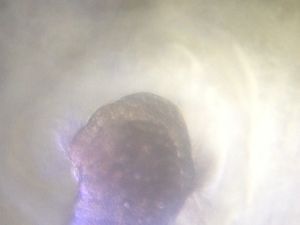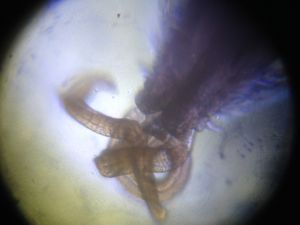A Spider for Manu
 Oct 25, 2015 • 8:08 PM UTC
Oct 25, 2015 • 8:08 PM UTC United States
United States 140x Magnification
140x Magnification Unknown
Unknown
Matthew Rossi
I'm a novelist, essayist, and a writing consultant. I work in the writing centers at Columbia and Baruch University and explore research into the overlap of maker cultures and writing. My work with the Foldscope tends to focus on finding wild creatures in urban spaces and looking at how human works are shaped by the movements of the biosphere.
40posts
105comments
4locations
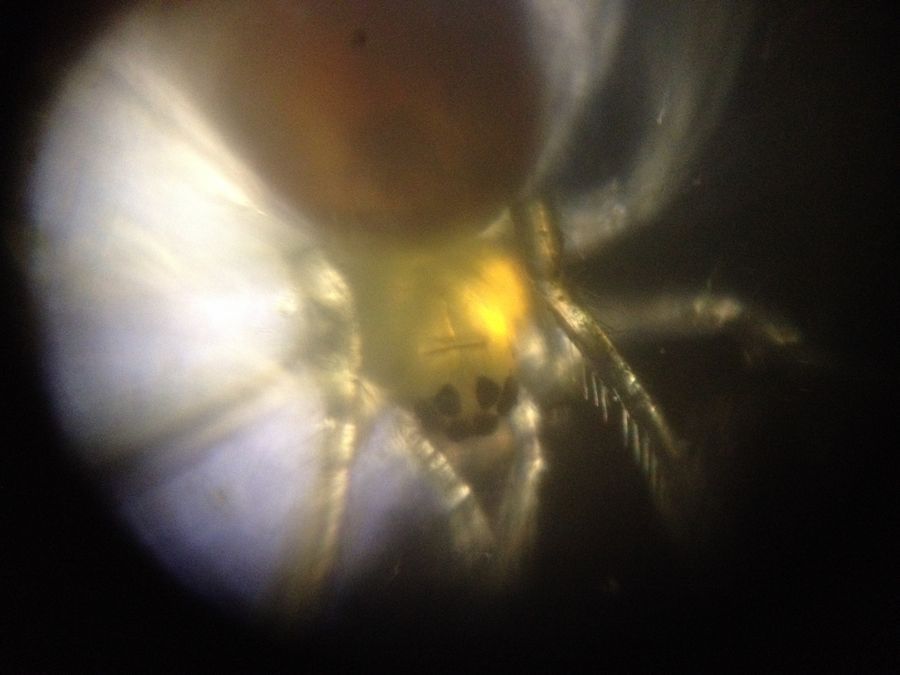
One of the projects I’ve set for myself this fall is to focus my images on creatures living as a part of urban spaces. Partially this is out of necessity (since I live in a big city), but mostly I’m interested in exposing how wild urban spaces actually are, the ways they function as spaces and ecosystems for nonhumans. Spiders are a great animal for thinking about this, since many of the ones we encounter in cities like New York evolved specifically to live within human spaces.
A few weeks ago, I posted photos of some spider fangs my partner found (and generously passed on to me, rather than shrieking and throwing them out), but what I really wanted to see under the microscope was a living spider. Microphotographing a living spider poses a lot of problems. Namely that spiders don’t like to sit still for very long, and they’re apt to bite if you pester them. I’ve been hunting in the weeks since for a spider small enough to examine without crushing, and docile enough to let me mount it on a slide without complaint.
A few weeks ago, I posted photos of some spider fangs my partner found (and generously passed on to me, rather than shrieking and throwing them out), but what I really wanted to see under the microscope was a living spider. Microphotographing a living spider poses a lot of problems. Namely that spiders don’t like to sit still for very long, and they’re apt to bite if you pester them. I’ve been hunting in the weeks since for a spider small enough to examine without crushing, and docile enough to let me mount it on a slide without complaint.
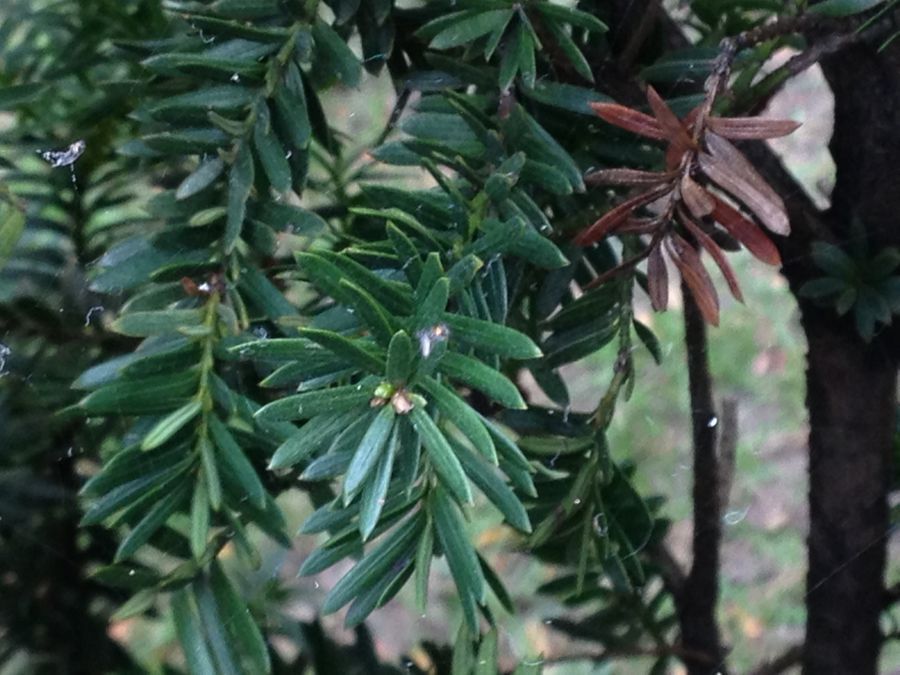
On Columbia’s campus, outside of the writing center where I work, there are trimmed border hedges that would be a familiar sight to most people who have visited the campus of a school in the Northeast. With the shift in the fall weather, the tops of these have become laced with thin webs dotted with tiny orb weavers (tough to get a photo of these, since my camera is convinced I want to photograph the plant). Over the course of the last week, I abducted four of the smallest of these I could find using mini solo cup containers (the sort of container that might come filled with sauce in a takeout order). By dipping under the web and scooping the spider up, I could nab them with minimal disturbance.
At home, I put these on a slide with a slip cover. I should note that before I pulled this feat off, I discovered that spiders are remarkably clever creatures. Two of them managed to escape into my apartment pretty effortlessly. In one case, the spider slung a web directly at my hand and used that to escape up my arm. Another used a web line to cling to one edge of the container, until it snapped and, like a slingshot, hurled the spider out of my view.
At home, I put these on a slide with a slip cover. I should note that before I pulled this feat off, I discovered that spiders are remarkably clever creatures. Two of them managed to escape into my apartment pretty effortlessly. In one case, the spider slung a web directly at my hand and used that to escape up my arm. Another used a web line to cling to one edge of the container, until it snapped and, like a slingshot, hurled the spider out of my view.

When I managed to get one under the lens, its eyes were the first thing I noticed. As web hunters, my understanding is these spiders don’t have much in the way of eyesight. You can see in the arrangement of the spots, they’re not long on binocular vision.
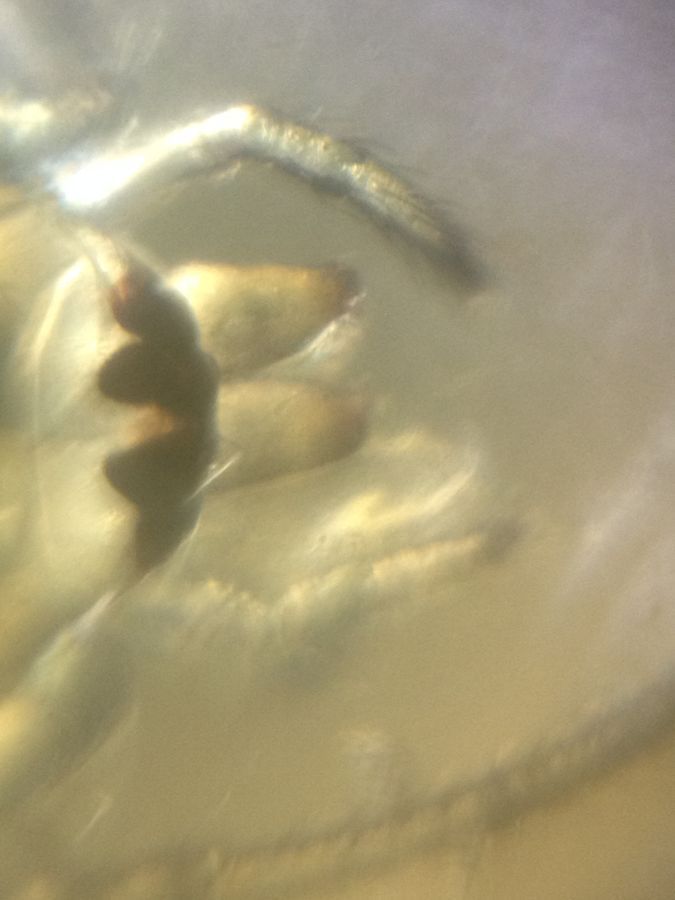
The fangs and pedipalps of this spider also seem less pronounced than on the yellow sac spiders who live in my house. Granted, this is a much smaller spider, but I wonder also if the hunters need the larger, more sensitive pedipalps for grabbing prey. I wanted to catch some of the fluid dynamic motion in the spider’s legs that had been described in a previous post. I wasn’t able to see anything in the legs, but a look at the spider’s abdomen shows the fluttering of what appears to be its heart.
Further shots of the abdomen show off some of its coloration. To the naked eye, the spider’s abdomen seems to have a white spot on it. The microscope reveals a tremendous amount of pigmentation and texture in its body.
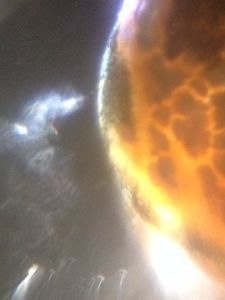
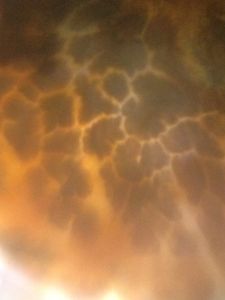
So there we have a live spider, as promised to Manu some time ago. In the future when I look at insects, I’m going to experiment a bit with putting them in the fridge to knock them out before I put them on the slide. I am experimenting right now with a cold fruit fly who has been successfully put into a cold-induced coma and woken up (it took about a minute for it to wake). This will make it easier, no doubt, to look at insects and other invertebrates, since they won’t struggle quite as much (and risk injury from it).
Sign in to commentNobody has commented yet... Share your thoughts with the author and start the discussion!
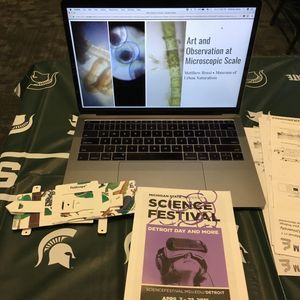
 0 Applause
0 Applause 0 Comments
0 Comments




